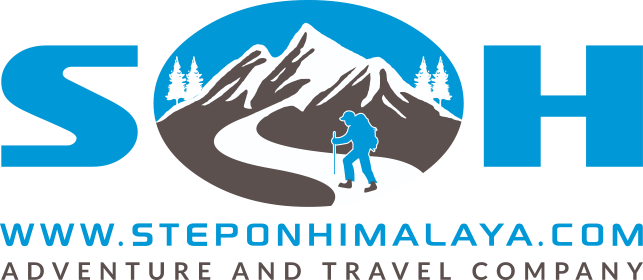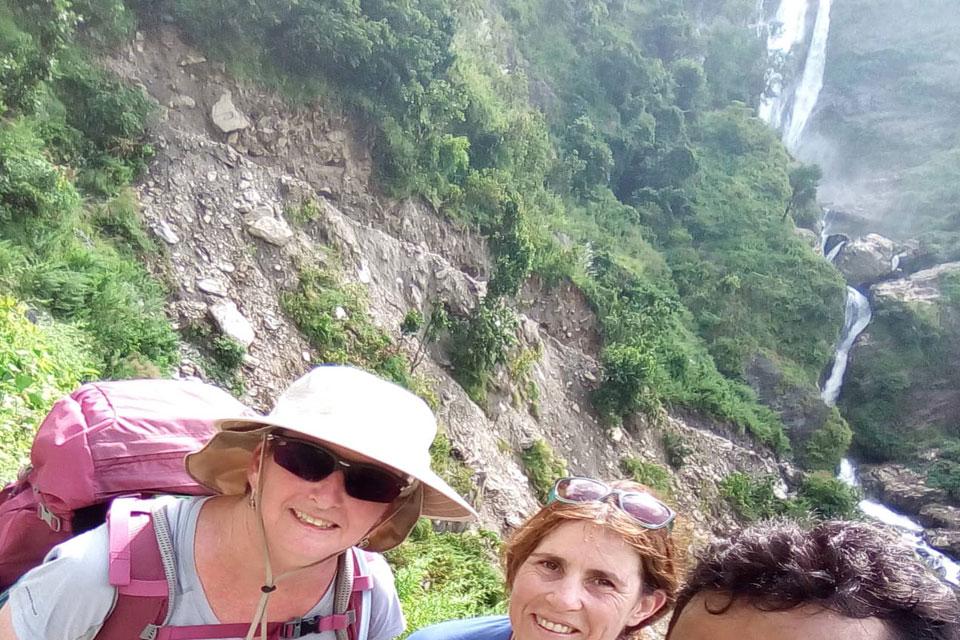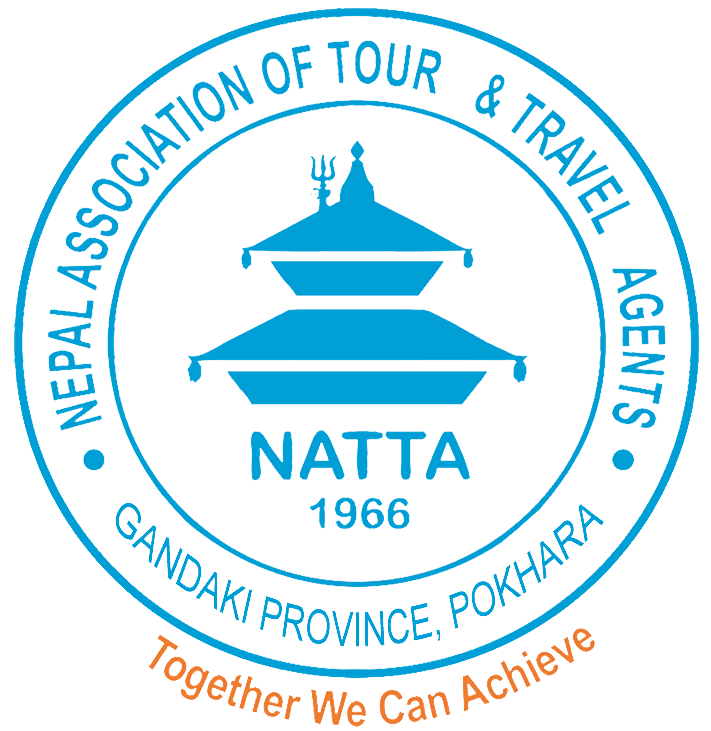Tsum Valley Trek
Trip Overview
Trip at a Glance
Tsum Valley Trek
A paradise hidden in the beautiful Himalayas of the northern Gorkha region of Nepal is Tsum Valley. The Tsum Valley is recently opened for trekking in 2008, hence only a few adventure lovers have become successful in exploring this area. Tsum with the meaning of intense or vivid against the majestic background of the Sringi Himal on the north, Ganesh Himal on the south, and Boudha Himal and Himalchuli on the west. The Tsum Valley trek is absolutely a different trek from the other trekking routes. Since the Tsum Valley used to be a part of Tibet; you can feel the Tibetan culture, traditions, and arts still exist here. Even the people of this Tsum valley, “Tsumbas” speak a unique form of dialect. Lying in the very remoteness, the development and modernization have bypassed this Tsum valley. This has indirectly preserved the exotic nature of the Tsum Valley.
Tsum Valley trek offers distinguished and untouched trekking trails surrounded by the magnificent Himalayas and marvelous nature. The striking landscapes and the exceptional geographical distribution have formed several caves. It is believed that the Guru Rinpoche and Milarepa meditated here. The Mani walls, ancient monasteries and nunnery, the quaint villages full of old-style houses, local people following the Buddhist cultures and traditions, and the beautiful distinctive dresses fascinate the travelers. Many festivals like Loshar, Dhachyan, Saka Dawa, etc. are celebrated here on different auspicious days. The Lamas or Gurus (priests of Buddhism) perform special rites to purge the evil elements. Sacrificing or slaughtering animals as offerings do not exist here. Those travelers who are enthusiastic about the lifestyle and the cultures of Tsum Valley can roam around the valley to discover its secrets. An unusual practice of Polyandry is done here by marrying a girl to all the brothers of a family.
Tsum Valley treks both start and ends at Arughat which is about 7 hours drive from the Kathmandu Valley. Passing through the dense forests, waterfalls, terraced fields, and dainty villages, the trail will lead to the hidden Tsum Valley. Nature has bestowed this Tsum valley in an exquisite way. As this Tsum valley was restricted for trekking till 2008, camp trekking was only possible. But nowadays, tea houses or homestays are built for accommodation. They are comparatively cheaper than that other popular trekking routes. The local people usually welcome travelers with a special Tibetan tea made by putting butter. This part of Nepal is incomparably rich in natural beauty and cultural aspects. The Tsum Valley is ideal trekking for those who prefer to discover and explore the less-trodden routes. Step on Himalaya will definitely accompany you to reconnoiter this Tsum valley for an amazing adventure.
Detail Itinerary
Is the proposed itinerary suitable for you?
If you are looking for a custom itinerary, please feel free to reach out to our team of professionals at any time.Trip Map

Cost Details
What is included?
- 2-way transfer from and to the Tribhuwan International Airport.
- Accommodation in 3 – star hotel
- Accommodation in tents or the guesthouses during the trek
- Guide and Porters; and other supporting staff if required
- Salary, Meals, Accommodation, Insurances, Permits of the staffs
- First Aid medical kit
- Travel permits, TIMS, paper works, entrance fees
- All the required local and government taxes
What is not included?
- Nepal Entry Visa Fee
- International air tickets from and to the home country
- Excess charge for the extra baggage
- Meals (Lunch and Dinner) in Kathmandu
- Medical and Travel Insurances
- Personal expenditures e.g. Internet, phone calls, hot showers, laundry, bar bills, beverages, etc.
- Extra porters
- Tips for staff
- Optional sightseeing trips
Trip Info
Accommodations
- 3-star hotel accommodation, twin – sharing basis, in Kathmandu
- Twin – Sharing basis in Lodges or Guest houses or Camping tent during the trek
- Single supplementation with extra cost
Toilet Facilities
- Toilet Facilities nearby the tent or the Lodges or the Guesthouses
Meals
- Full board meals during the trek as per the teahouse/lodges menus
- Breakfast and Dinner on the place you stay overnight
- Lunch on the way during the trek
- Tibetan bread, Tsampa porridge, Sandwiches, Traditional Nepalese food items, etc. are available during the trek
- Hiring a special kitchen will cost extra.
- Breakfast available during the Kathmandu stay
FAQ
A trekker has to walk a minimum of 5 to 8 hours daily.
As a Himalayan trekking adventure, you will trek through mountainous landscape. Walking up and down the hill during the trek is quite common characteristic of trekking in Nepal.
Yes, definitely. Elevation change is an important part of the trek. As there is a lot of walking up and down the hill, there is an elevation change every day. However, the range of change differs from day to day. It is mostly an uphill trek up to the destination and downhill on the way back. However, the trail winds up and down the mountains throughout the trek regardless of the elevation difference for the day.
Nepal offers trekking adventures throughout the year. However, the autumn and springs seasons are the best seasons to go trekking in Nepal. The months of September-November and March to May offer the best weather and atmosphere for trekking. Althgouh high altitude trekking is quite difficult and impossible in winter season, low altitude trekking can be done throughout the year.
Although age is not a bar to go on a trekking adventure in Nepal, you certainly need to consider a few factors before going on a trek. The basic requirement for trekking in Nepal is good fitness level regardless of your age. Since the activity involves a lot of walking up and down the mountains, you need to be fit enough to indulge in the activity for multiple days.
We highly recommend taking a guide with you when you go on the trekking adventure. Even if the trail is well-trodden and has many trekkers trekking, you need to have a guide for many reasons. First of all, a guide is not only the person to show you the trail. A trekking guide has a huge responsibilty of completing the adventure ensuring the safety of trekkers in the strange mountains. Moreover, the guide will also make your trip more than an adventure. It becomes a lifetime experience.
The mountains now have basic teahouse and lodge accommodations for trekkers. You can spend overnight in the warmth of guesthouses called teahouses during the trek unlike tented camps in the past.
The most common food during the trek is Dal Bhat. However, you can choose other food items from the menu. The food items differ from region to region.
You need to prepare your stuff wisely for the trek. The backpack you get ready for the trek should have all essentials and avoid any unnecessary stuff in there. Check this equipment list for a better understanding of what to pack for the trek.
As a high altitude trekking adventure, the trek always has a risk of getting altitude sickness. While it is not predictable who, where, and how they will get it, we all need to be well-aware and prepared for the unwanted. As we gain altitude during the trek, we should be more careful on our pace of walk, food, water, rest, and recovery. Being careful and taking it easy in the mountains can reduce the chance of getting altitude sickness.
Yes, permits are necessary for the trek. Since, you are going on our package, we take care of everything. You do not need to worry about arranging the permit for yourself.
When you are on our trek package, we provide porters to carry your backpack in the mountains. A porter carries the backpacks of two trekkers.You suggest you to keep your backpack around 10 kg.
Yes, you will need some cash in the mountain. Although your major meals are included in our package, you may need money for drinks, shower, souvenir shopping, wifi, device charging, and tips to guide and porters at the end of the trip.
We will brief you on how much to take on the first day of the trip when we meet in Kathmandu.
We focus on small group adventures to ensure that every one is well-taken care of and they enjoy the trek. We keep our group to the maximum limit of 16 people.
In that unfortunate case, we will make sure that you are well taken care of. If you cannot continue your journey further towards the destination and want to rest or return back, we will arrange a porter to be with you and take care of you while rest of the group members continue the trek.












